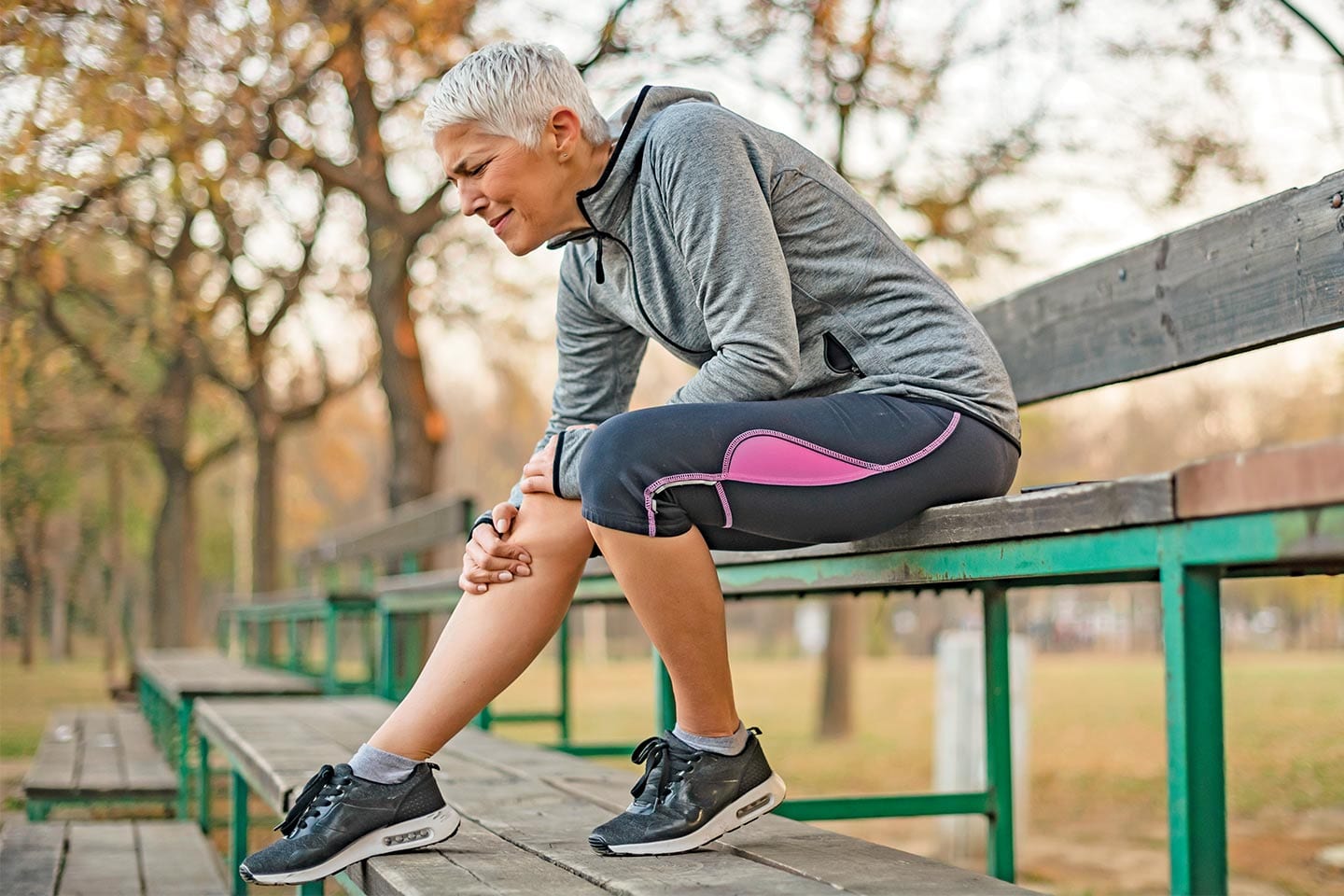Q. I just found out I’m pregnant with my first child. What are some nutritional rules I need to be aware of throughout the next nine months?
A. Nutrition plays a major role in the growth and development of your baby during pregnancy. Overall, aim for a balanced diet full of fruits, vegetables, healthy fats, whole grains, and lean protein. You should also pay close attention to a few specific nutrients including calcium for the development of your baby’s bones, heart, and muscles, iron to prevent anemia, and folate to avoid neural tube defects. Great sources of all or some of these nutrients include dark leafy greens, dairy, seeds, beans, lentils, salmon, whole grains, and foods fortified with these nutrients. Make sure to avoid alcohol completely and greatly reduce or eliminate caffeine. Many foodborne illnesses can be very harmful to your baby, so it is important to practice food safety. Thoroughly wash produce and avoid foods that may contain harmful bacteria such as all raw and undercooked meat, shellfish, and eggs as well as deli meats and unpasteurized dairy products.
Q. Is it true that starting your period early or going through menopause late can leave you at higher risk of breast cancer?
A. There are particular conditions or factors that are associated with a higher than usual risk of breast cancer. Some factors are considered major risk factors, and some are considered more minor risk factors. Major risk factors are being female, a family history of breast cancer, especially in a first degree relative (parent, sibling, child), and a finding of atypical cells at the time of a biopsy. Obesity and heavy alcohol use are now also considered risk factors. Some of the minor risk factors are being childless, older age at the time of first pregnancy, early onset of menstrual periods, and older age at menopause. These more minor factors increase breast cancer risk to some extent, but not to the point that we would screen these women differently than usual screening. Having major risk factors for breast cancer may lead to a recommendation for additional types of breast cancer screening or for medications that can reduce risk. If you have any major risk factors, ask your provider if additional evaluation might be needed for you.
 Q. As a busy mom of two, I don’t have much time to exercise. What are some realistic goals I could set that will keep me inspired, not overwhelmed?
Q. As a busy mom of two, I don’t have much time to exercise. What are some realistic goals I could set that will keep me inspired, not overwhelmed?
A. Know that your workouts may not look the same as they did before kids, and that’s okay! It takes time to figure out exactly what your body wants and needs, so try different things and see what you love best. When you really enjoy a workout, you will make time for it.
You also need to find a source of encouragement and accountability. Having an accountability partner provides encouragement for you to stick with it.
Scheduling your workouts, just as you would an appointment, is key. As a busy mom on the go, it can be easy to let the day pass by without getting it in. Find what works best and pencil it in for each week
Most importantly, allow yourself some grace. Even if the workout is chasing your toddler around the house, having a dance party, or going to the pool, you are being active and loving them well!
Q. I’ve heard body image issues can begin to arise in children as young as three! How can I set my young daughter on the right path to a positive body image?
A. In psychology, modeling of behavior, or observational learning/imitation, is the strongest predictor for a continuation of values, beliefs, and behaviors in the following generation. If I, as a grown woman, talk poorly about my body and appearance in front of younger girls or women, I set a precedent and establish a mindset that becomes acceptable for them to embrace as well. We ladies need to talk positively about ourselves in front of the youth we lead. When we talk about bodies, we need to use words like “strong, capable, powerful, healthy, wonderful,” and try not to use comparative language or aesthetic language. We must be mindful about what images we expose young eyes to. Social media and the beauty industry have powerful influence over our concept of what a woman should look like. A female’s confidence peaks at age 9. We can do better than that.


Q. I’ve heard that it’s more common for female athletes to tear their ACL than males. Why is that, and what can I do to protect myself?
A. Female athletes are 3-5 times more likely to suffer ACL tears compared to their male counterparts in similar sports. A combination of factors contributes to this increased risk. For one, women tend to be more loose-jointed and have naturally smaller ACLs than men. Women also typically have wider hips and a more ‘knock-kneed’ alignment, which can put more stress on the ACL during athletics. There are also biomechanical factors that play an important role. Women tend to run, jump, and land with their knees in a less bent position and with their feet flat. This gives them less control over how the knee rotates and can place more stress on the ligaments of the knee. The good news is that some of these factors can be improved. Neuromuscular training programs have been developed to promote preconditioning, strengthen core and leg muscles, and improve landing techniques. Evidence suggests that these programs can significantly decrease the risk of ACL injuries.




